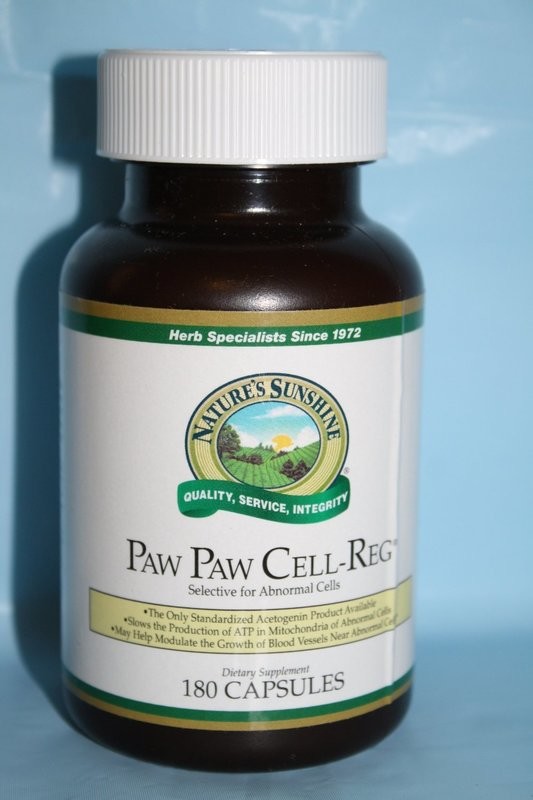
Paw Paw, Annonaceae (Asimina triloba)
Indiana Banana, Hoosier Banana, Poor Man's Banana
Pawpaws are a curious fruit, little known to most of us, even though this native fruit has a long history in North America. The pawpaw is indigenous to the temperate woodlands of the east and is the largest edible fruit that is native to the United States. They have provided delicious and nutritious food for Native Americans, European explorers, settlers and wild animals for centuries.
Pawpaws have a tropical-fruit flavor, something like a blend of ripe banana, pineapple and mango, but indefinably unique. The distinctive flavor and custardy texture of pawpaws are the basis for the folk names "poor man's banana, " "custard apple" and "Hoosier banana."
Asimina triloba, Annonaceae
Common Name: Pawpaw, Paw Paw, Papaw, Poor Man's Banana, Hoosier Banana, etc. (In Australia the tropical papaya, Carica papaya, is also known as Pawpaw).
Related species: Asimina incarna, A. longifolia, A. obovata, A. parviflora, A. pygmaea, A. reticulata, A. tetramera, A. X nashii. These eight Asimina species grow in the southeastern United States.
Distant Affinity: Cherimoya (Annona cherimola), Soursop (Annona muricata), Custard Apple (Annona reticulata), Sugar Apple, Sweetsop (Annona squamosa), Atemoya (Annona squamosa X A. cherimola).
Origin: The pawpaw is native to the temperate woodlands of the eastern U.S. The American Indian is credited with spreading the pawpaw across the eastern U.S. to eastern Kansas and Texas, and from the Great Lakes almost to the Gulf. Fossils prove the pawpaw is indigenous to the U.S.
Adaptation: The pawpaw is adapted to the humid continental climate of its native habitat. It is seldom found near the Atlantic or Gulf coasts. It requires a minimum of 400 hours of winter chill and at least 160 frost-free days. Pawpaws appear to be sensitive to low humidities, dry winds and cool maritime summers. It has been successfully grown in parts of California and the Pacific Northwest that meet its growing requirements. It has grown well in the San Jose area (USDA Climate Zone 9 or Sunset Climate Zone 15). The climatic conditions of Southern California make growing the pawpaw there more difficult. The deep winter dormancy of the tree makes it highly frost tolerant, withstanding temperatures of -25° F or lower (hardy to USDA Climate Zone 5). Pawpaws can be grown as container specimens, although this is not often practiced. A deep pot is needed to accommodate the root system.
Pawpaws, A Uniquely American Fruit
Today, more than 50 commercial nurseries market pawpaw seeds or trees in the US and there are more than 27 varieties currently available.
The pawpaw Foundation at Kentucky State University is actively working to revive the fruit by promoting scientific research in the areas of pawpaw breeding, growing, managing, harvesting, and use.
Pawpaw - Info puh. +358 - 41 - 7111 737.


